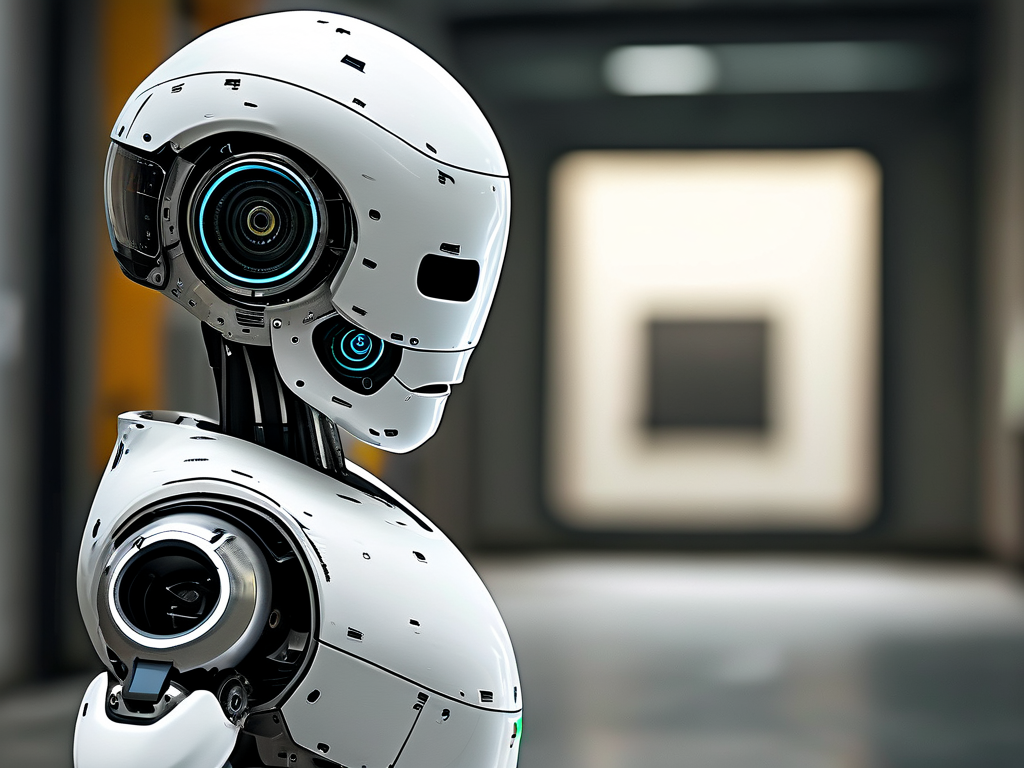The integration of robotics into manufacturing and assembly processes has revolutionized industries by improving speed, accuracy, and scalability. One critical area where robotics continues to evolve is slotting technology—the precise alignment and insertion of components into designated slots or grooves. This article explores how modern advancements in robotics are elevating slotting techniques, focusing on algorithmic precision, sensor-based feedback systems, and adaptive learning mechanisms.
Algorithmic Precision in Slotting Operations
At the core of improved slotting technology lies the development of sophisticated algorithms. Traditional robotic systems relied on pre-programmed paths, which limited flexibility when handling irregularly shaped components or dynamic environments. Today, machine learning (ML) algorithms enable robots to analyze real-time data and adjust their movements autonomously. For instance, a robotic arm equipped with convolutional neural networks (CNNs) can identify slot positions using visual input, even if the target shifts slightly due to external factors like vibration or thermal expansion.
A practical example is the automotive industry, where robots assemble engine parts with micron-level precision. By leveraging path-planning algorithms such as RRT* (Rapidly-exploring Random Tree Star), these systems calculate optimal trajectories to avoid collisions while maintaining insertion accuracy. Code snippets for such algorithms often include iterative loops and error-correction functions:
def calculate_trajectory(target_slot, current_position):
while error_margin > 0.1mm:
adjust_angle()
update_position()
return optimized_path
Sensor Fusion for Real-Time Adjustments
Another breakthrough in slotting technology is the use of multi-sensor fusion. Robots now integrate vision systems, force-torque sensors, and LiDAR to create a comprehensive understanding of their workspace. Force feedback, for example, allows a robot to detect resistance during insertion—a common issue when slots are misaligned or contaminated. By combining this data with visual cues, the system can recalibrate its approach instantly.
In electronics manufacturing, this capability is vital for inserting fragile connectors into circuit boards. A robot equipped with tactile sensors can apply just enough force to seat a component without damaging it. Researchers at MIT recently demonstrated a prototype that reduced insertion errors by 40% using hybrid sensor arrays.
Adaptive Learning and Collaborative Robotics
The rise of collaborative robots (cobots) has further enhanced slotting applications. Unlike traditional industrial robots, cobots work alongside humans and learn from manual demonstrations. Through reinforcement learning, these systems refine their slotting strategies over time. For example, a cobot might observe a technician inserting a gear into a housing, then replicate the motion while accounting for variables like part wear or lubrication levels.
This adaptive approach is particularly valuable in small-batch production, where slot dimensions may vary between product lines. A case study from a German aerospace supplier revealed that cobots reduced slotting-related downtime by 28% after three months of operational learning.

Material Science and Tooling Innovations
Advancements in material science also contribute to improved slotting performance. Robotic end-effectors now utilize carbon-fiber composites or shape-memory alloys to minimize tool deflection during high-force insertions. Additionally, magnetic grippers and vacuum-based tools enable faster component handling without sacrificing precision.
A notable application is in renewable energy, where robots assemble solar panel frames. Using lightweight yet durable tools, these systems achieve insertion speeds of 0.5 seconds per slot while maintaining sub-millimeter accuracy.

Challenges and Future Directions
Despite these advancements, challenges remain. Slotting in unstructured environments—such as construction sites or underwater installations—requires robots to handle unpredictable variables like debris or fluid dynamics. Researchers are exploring swarm robotics and quantum computing to address these complexities.
Looking ahead, the fusion of 5G connectivity and edge computing will enable real-time data processing for remote slotting operations. Imagine a robot in a hazardous environment guided by a technician wearing augmented reality (AR) glasses—a scenario already being tested in nuclear decommissioning projects.
In , the evolution of robotic slotting technology hinges on interdisciplinary innovation. By merging cutting-edge algorithms, sensor networks, adaptive learning, and advanced materials, robots are achieving unprecedented levels of efficiency and precision. As industries demand faster and more flexible automation, these advancements will continue to redefine the boundaries of what machines can accomplish.









